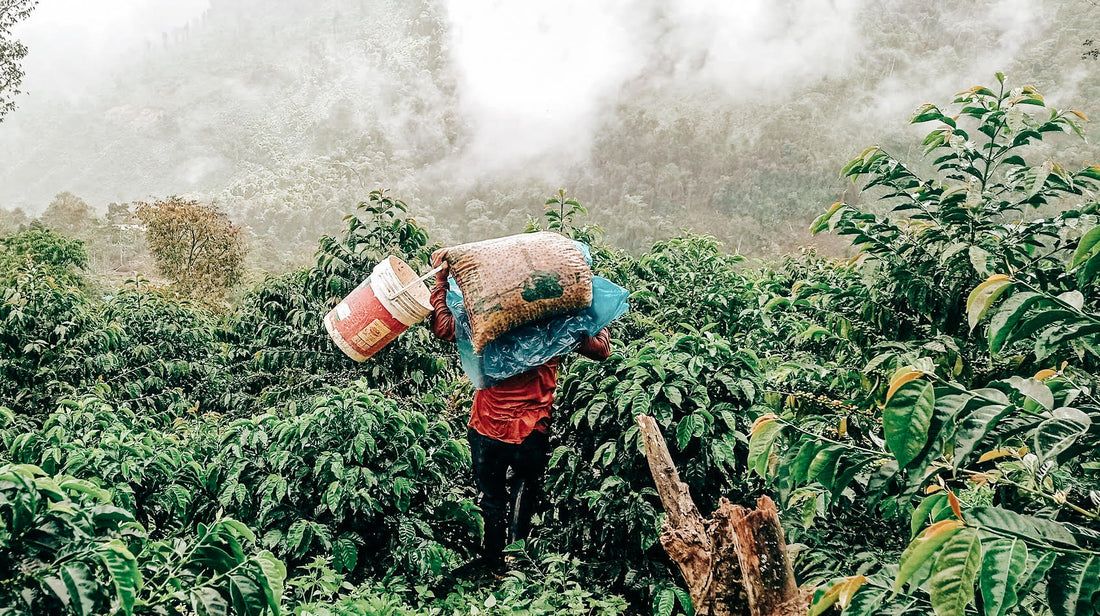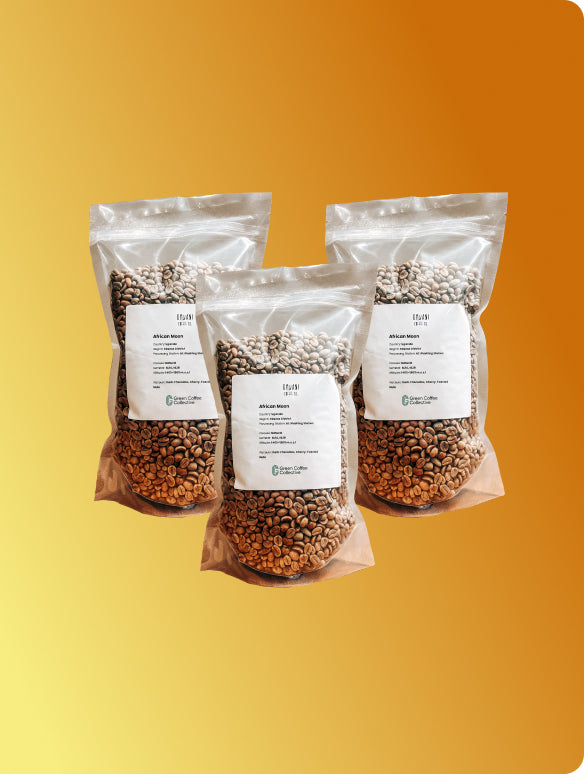Fairtrade was created to ensure buyers in wealthier countries paid fair prices to farmers in developing ones. The idea was simple: better pay, decent working conditions, and more stable trade relationships. It was designed to help producers invest in their farms, support their communities, and resist exploitation.
But over time, it’s shifted from a social justice movement to something more market-driven - and more about perception than real change.
While Fairtrade aims to improve conditions and sustainability, its real impact is debated. It often redistributes just enough to keep producers afloat, without addressing the deeper structural challenges they face. And the gains for farmers aren’t always as meaningful as they seem - especially when weighed against the costs of getting certified.
Becoming certified takes more than just good practices. It involves licensing fees, paperwork, audits, and compliance with systems that weren’t designed by producers themselves. For many, especially smallholders, that upfront investment is too high - and hard to justify when the returns are uncertain. Even when producers do go through the process, there’s no guarantee their coffee will be sold as certified, or that it will bring in a better price than other markets.
Certifications are marketed as proof of impact - but they often function more like tools for differentiation. Roasters and brands use them to position themselves in the market and to meet consumer demand. The benefits tend to land further down the chain, while the work and expense sits with producers.
Even newer efforts to reduce barriers - like limiting certification to more established businesses or requiring proof of market access - can backfire. They end up excluding the very producers who might benefit most.
As regulations around traceability and due diligence increase, so do the demands placed on producers. Yet the resources to meet those demands often aren’t shared. It’s becoming harder for smaller producers to keep pace, while those with more backing are better placed to comply. Without support, certification risks becoming just another pressure point - one that reinforces existing inequalities.
There are better models emerging - and they’re already working. Transparent sourcing relationships. Micro-loans for processing upgrades. Early harvest buying helps with cash flow. These are the tools that actually shift power, increase profits, and deliver better coffee. Not because of a label, but because producers are in the driver’s seat.

